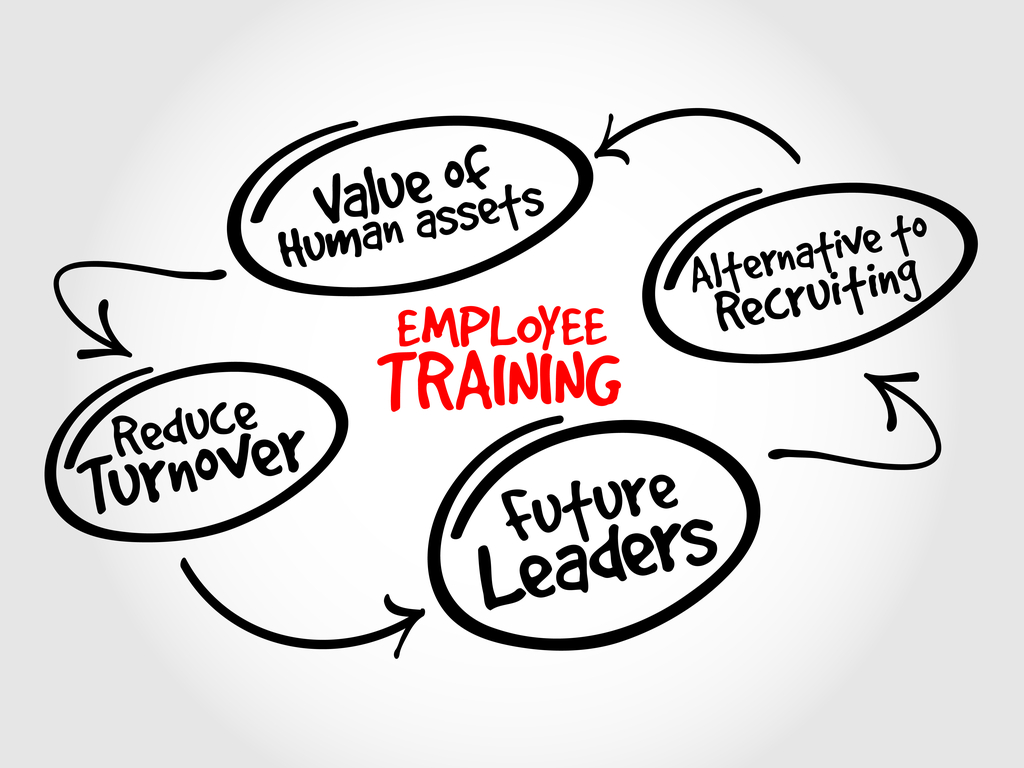Whether your position if that of a CEO, lead pharmacy technician, or high school principal, you undoubtedly recognize that one of the most challenging — and rewarding — aspects of your job is building a great team around you, and learning how to best support each and every individual on that team. But let’s not underestimate how difficult it can be to devise strategies that will reach every member of a team and adequately motivate each person to be his or her best self on the job.
Often the advice given in these situations isn’t very helpful, and simply seems to cover basic social norms such as, “be professional,” and “teach by example.” But anyone who has either struggled to connect with an employee or has felt at odds with a manager knows that those “helpful hints” aren’t of any real help; they’re just common sense. The responsibility in these situations lies with the manager, the boss, the one in charge; and there are a number of universal techniques that every manager should learn and utilize in order to create the most cohesive, productive team possible. Here’s our top three recommendations:
1. Take It Off-Stage
It doesn’t matter who starts the conversation (or confrontation); what does matter is that a manager knows when and where to discuss certain topics with her employees. The quickest way to destroy the culture of a team is to witness personal conversations happening in public places. A good boss is, ultimately, someone that employees trust; that’s the bottom line. And trust is built on mutual respect; managers who respect their teams should never put their own needs, reputation, or beliefs before the good of the group. With that, comes a guarantee between employer and employee that criticism, disagreement, or constructive feedback will occur in a safe space (generally privately, and ideally in a one-on-one pre-planned meeting).
The same rule applies to overtly positive conversations. It’s not respectful to the team to officially or unofficially promote one member – out of the blue – in front of everyone else, not just because the others may react adversely, but also because the person receiving the promotion or praise is likely to feel uncomfortable and singled out. Again, the bottom line is that the best teams maintain trust with one another (including the manager). Any conversation that has the potential to isolate an individual is best left for until later, in a more appropriate setting.
2. Include Team-Building Exercises
This tip usually elicits strong reactions, especially from those who may remember unfortunate college ice-breakers or silly dinner party games that serve to embarrass more than entertain. But team-building exercises don’t have to be funny, and their aim is not to put anyone on the spot. The goal is to make each member of the team feel valued; the American Psychological Association conducted a study that showed that “team building activities can help employees feel valued, and those that do (93%) are the most motivated to do great work.”
These exercises create opportunities for coworkers to bond with each other, which goes back to the idea of trust mentioned above. When employees know one another on a deeper level, they inherently trust one another more, and this increases their ability to communicate with each other. Team-building exercises also provide a manager with a setting in which to model vulnerability and “healthy emotional openness.”
3. Communicate Clearly
One of the biggest scientific developments in group and leadership dynamics has been attention to data. Communication has long been known as a vital component of an effective team, but the nuances of how, when, where, and what type of communication is essential for success has largely remained a mystery, seen as unquantifiable. Yet now, we are beginning to see the results of research and studies dedicated to uncovering exactly what kind of communication will increase a team’s achievement rate and how to implement changes to improve the level of communication that is already present (or, in some cases, is not present).
The Harvard Business Review wrote a comprehensive paper detailing the differences in communication between good teams and great teams — and broke down each component into a teachable skill. For managers, this means they don’t need to do a complete reset of their teams, and hiring in new staff is also not necessarily going to be the answer. “Most people, given feedback, can learn to interrupt less, say, or to face other people, or to listen more actively. Leaders should use the data to force change within their teams.” The ways in which a manager chooses to make changes to his team’s internal communication will have the biggest impact on its success.
In conclusion, motivating a team is not an easy task, and it’s not one that can be completed overnight. But an active and engaged manger who puts in the work to build strong bonds, respectful relationships, and an underlying foundation of trust is guaranteed to motivate his or staff to be the best team possible, each individual representing one small part that, altogether, can make up something larger than a whole.
If you need assistance finding a great team, feel free to reach out. We’re here to help.

